WORSE FOR WEAR AND TEAR
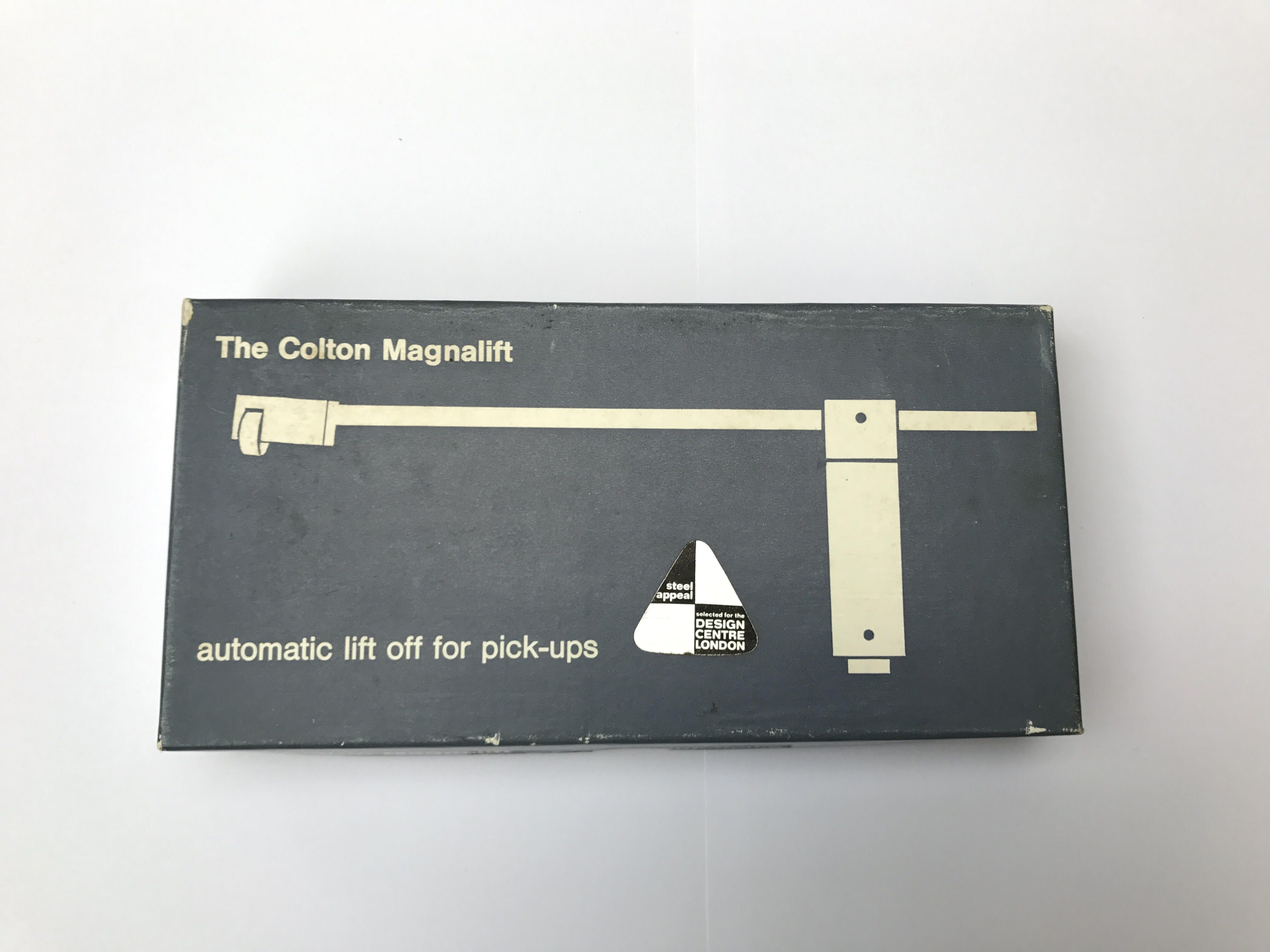
In the early days of the pick-up the lifting of the arm was done manually with an extension on the right hand side of the head-shell. But as the change from the ceramic carts to the more sensitive magneto-dynamic carts took place, the arm lift as a separate mechanism became a standard feature on most decks. First of all to help people with unsteady hands when selecting a particular track on an album, or lifting the arm, thus preventing them from scratching the record, or worse damaging the cantilever. Some companies that developed tone-arms even made separate lifts for use on other arms or decks without arm-lift. Colton Audio was one of these, their arms have not really become that well known, only the MC 101 occasionally submerges on auctions.
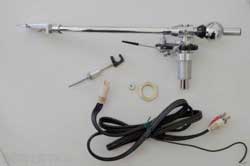
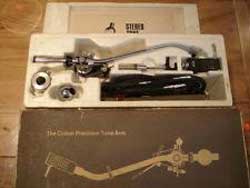
This arm, as you can see was outfitted with an armlift, but even before that Colton had already a separate arm-lift on the market, the Varilift. This was already in use around the end of the 60ies, as shown by the 1971 Design Centre badge on the box in the picture.
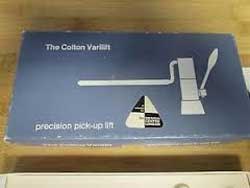
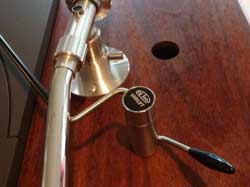
The Varilift also used a thick viscose liquid for a smooth and dampened up and down movement of the tonearm.But now we come to the final phase of the record, the end groove. As somebody once put it “the endgroove is definitely not the right place for the needle to be” , and very much correct due to excessive wear.
Full automatic turntables had an automatic return function when reaching the end groove, but this was determined undesirable on high-end decks as it required a vulnerable mechanism that moved the tone-arm in a very abrupt way.
So, what now to do to prevent the needle running endlessly in the end-groove when you’ve either fallen asleep while listening to your favorite tracks, or left your sound system unattended ?
Around 1969 Colton came up with a solution for this problem in the form of the Magnalift, at that time with a pretty large black base, later in the Mk II version with a smaller satin chrome base. As the name implies, it works on the principle of magnetism. The arm is positioned in such a way that when the tone-arm reaches the end-groove a tiny little magnet that is affixed near the shell on the tone-arm comes close enough near the magnet of the Magnalift, so that the tone-arm is lifted and the needle of the record.
Full automatic turntables had an automatic return function when reaching the end groove, but this was determined undesirable on high-end decks as it required a vulnerable mechanism that moved the tone-arm in a very abrupt way.
So, what now to do to prevent the needle running endlessly in the end-groove when you’ve either fallen asleep while listening to your favorite tracks, or left your sound system unattended ?
Around 1969 Colton came up with a solution for this problem in the form of the Magnalift, at that time with a pretty large black base, later in the Mk II version with a smaller satin chrome base. As the name implies, it works on the principle of magnetism. The arm is positioned in such a way that when the tone-arm reaches the end-groove a tiny little magnet that is affixed near the shell on the tone-arm comes close enough near the magnet of the Magnalift, so that the tone-arm is lifted and the needle of the record.

Title
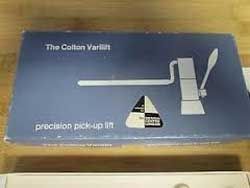
Unnamed 2250
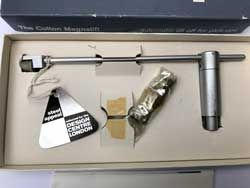
Unnamed 5250
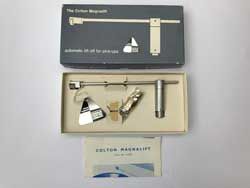
Unnamed 6250
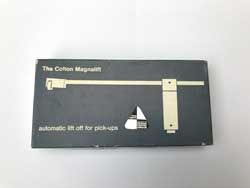
Unnamed 7250
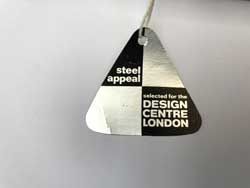
Unnamed 8250
Unfortunately, the attraction and consequent movement could be that violent, that if your sound system was cranked up to the max, the vibrations of the magnets touching could be amplified as well, causing some nasty surprises to amplifiers and speakers. Furthermore, since the working of the cartridge is based upon magnetism and the signals through the wires in the arm easily distorted, it is not exactly desirable to position a magnet there. These two facts were probably the reason the Magnalift never really made it, and disappeared from view.
NB if you are looking for a simple, elegant and fairly inexpensive way to address the issue of the end-groove, I’d suggest you have a look at the Q-up on Ebay.
NB2 it could very well be the Colton MC101 is actually the same as the ES 801 by the Excel Sound Corporation of Japan. There might be a bit of confusion in my sources.
NB if you are looking for a simple, elegant and fairly inexpensive way to address the issue of the end-groove, I’d suggest you have a look at the Q-up on Ebay.
NB2 it could very well be the Colton MC101 is actually the same as the ES 801 by the Excel Sound Corporation of Japan. There might be a bit of confusion in my sources.